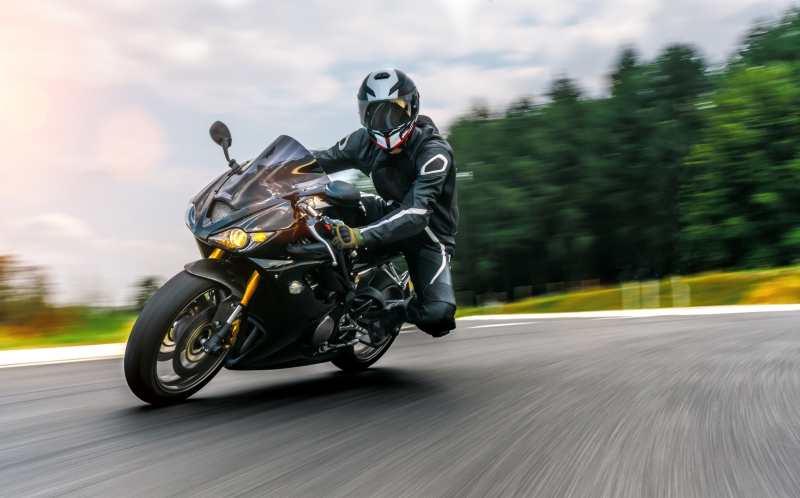When you throw a leg over your motorcycle and go for a ride, you need to be properly prepared. The road is not a native motorcycle environment; rather, it is a domain constructed for cars and trucks.
The driver’s mindset is geared to share the road with other cars and trucks and not motorcycles. Motorcycles are far smaller than most other vehicles, and in general, drivers are not on the lookout for motorcyclists. You need to protect your life, so you should ride with a rated helmet, a jacket with body armor, and gloves at a bare minimum.
Getting drivers to notice you is paramount, so ride with the high beam headlight on and wear high-visibility clothing. It does make a difference. In addition, completing a skills training is important. The Ohio Bureau of Motor Vehicles offers basic safety skill training while private companies offer more advanced skill training.
Key motorcycle safety tips:
The following guidance provides sound safety measures to reduce your chance of getting involved in an accident on a ride.
- Bike maintenance: You need to be sure your motorcycle is in a good state of tune. Take the time to check for proper chain tension, tire air pressure, and look at any other visible signs of wear or damage.
- Ride with confidence: Make your presence known on the road. Consistently use your blinkers. Scan your environment, look for potential problems, and identify erratic drivers. Accelerate to open roads and distance yourself from distracted or poor drivers.
- Lane positioning: You should not share lanes with other riders when on a group ride. On freeways and highways, you should ride the middle lane if there is a shoulder and you shouldn’t be riding in the far left or passing lane. Do not ride in another vehicle’s blind spot or too close to commercial trucks.
- Speed: The safest way to travel is at the speed of traffic and holds a station in your lane. You need to maintain a safe following distance between you and the vehicles in front of you. In an emergency situation, you want to have the ability to stop in time.
- Alertness: You should never consume alcohol or any other drugs and ride. Riding a motorcycle requires the utmost skill and focus, and you should never compromise safety.
Drivers are often distracted and not attuned to the motorcycles on the road, so riders need to be keenly aware of this and follow important safety techniques to help make the ride safer. While these recommendations cannot prevent you from getting into an accident, they will help reduce the chances of being involved in one.

